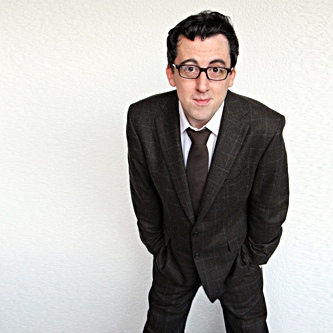How to actually work
Don’t tell anyone (particularly not your clients and especially not my clients) but making websites is really very easy. Don't make it harder by deliberately hindering yourself. You should always try to travel the shortest distance between “amends needs done” and “amend is done”. Again, I hear a “Pah!” in the distance, “Well, that’s obvious.”, but is it? Are you sure you’re ‘Being all you can be’?
The shortest distance
Okay, picture the scene: you've run out of socks. You need to put on a load of washing. The washing is in a pile in the corner of the room. You hunch over, pick up all the socks, pants, t-shirts and walk, waddle and totter to the washing machine. As you walk, you drop a sock and bend down to pick it up, dropping another. You recover that one and another falls. Eventually, you make it to the washing machine after a few minutes, put everything in, throw in some powder and set it going. As you head back to your bedroom, you spot three more socks that you missed. Darn.
Okay, picture the scene: you've run out of socks. You need to put on a load of washing. Fortunately, every time you took your socks off, you put them straight in the washing machine. You wander to the kitchen, put in the powder and switch it on. Done.
Any time you try to do anything, the more steps involved between intention and completion, the more likely it is to go wrong. Whether the intention is 'wear clean socks' or 'update this website', if you can do it in a handful of steps, you'll make fewer mistakes than if you have to do it in a hunched-over armful.
Workflow. The flow. Of Work.
The next time you're making an amend somewhere, watch yourself. Watch which applications you jump between. Don't just make your changes, pay attention to how you do them. Are you jumping between text editor and FTP client? Text editor and web browser? FTP and Subversion? Just take a few minutes to think about which steps you might be able to miss out. For instance, if you use Textmate and Transmit, you can set up DockSend so that pressing ctrl-shift-f then 2 will upload the file you currently have open to the same place on the server. You can now change the editor↔FTP↔browser cycle to editor↔browser.
However...
Seamless does not imply flawless. Don't be tempted to simplify to the stage where you don't need any interaction between making a change and the change being live. If you rely on the fact that your changes 'just happen', you might be tempted not to check. That's the point at which they don't 'just happen'.







